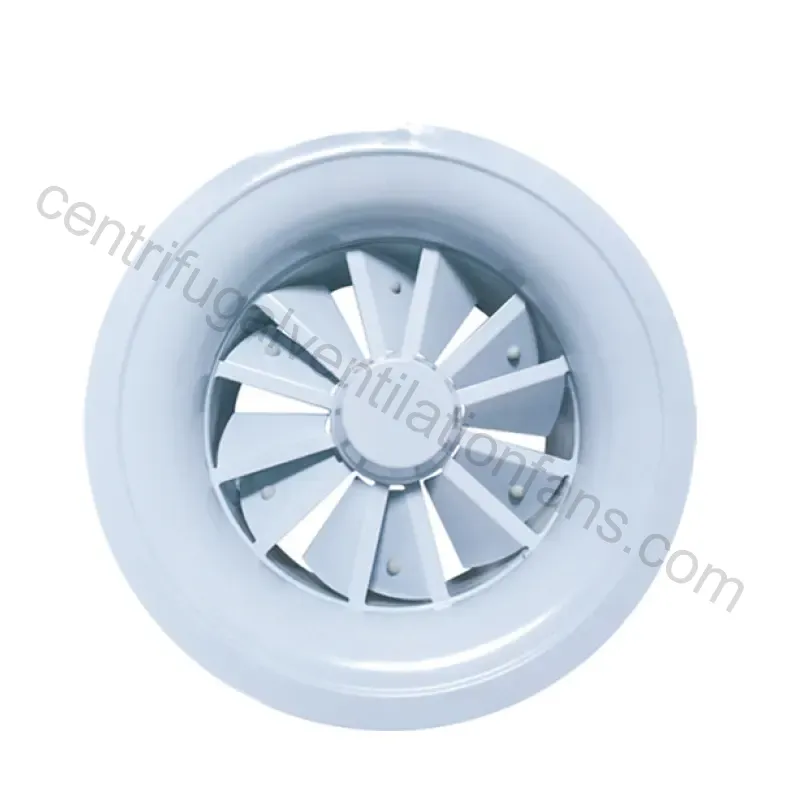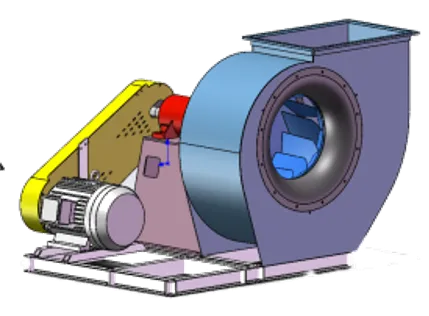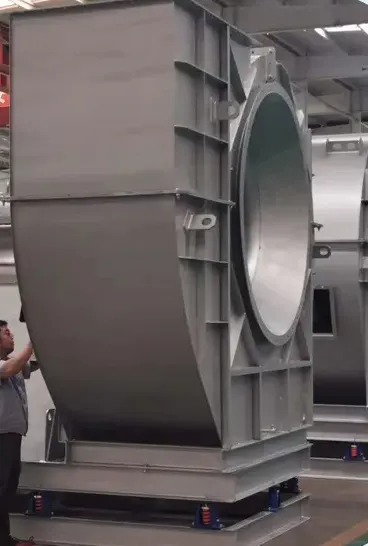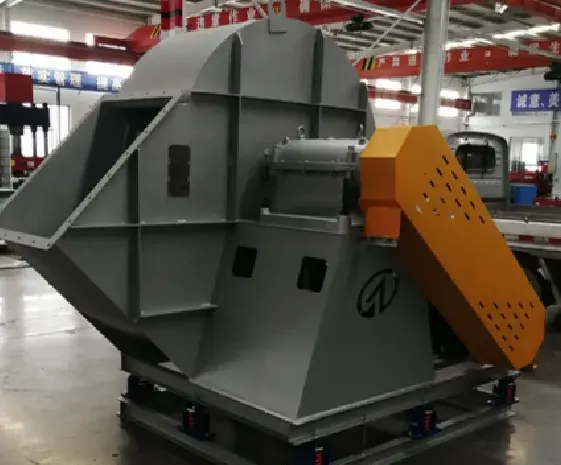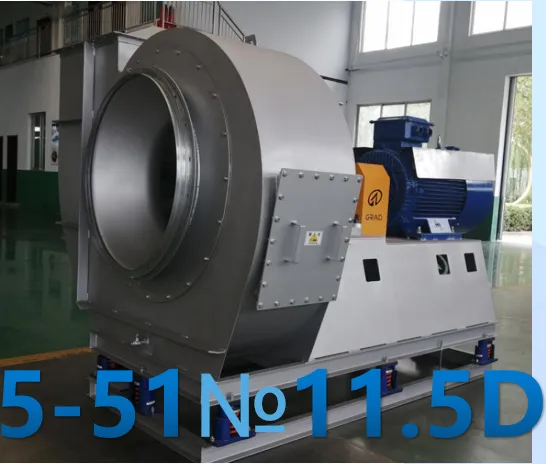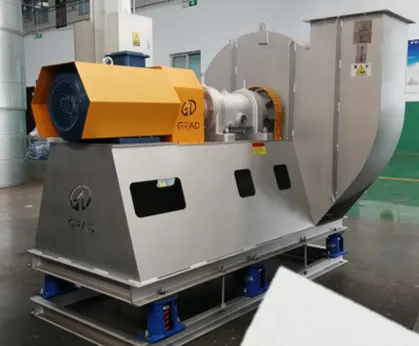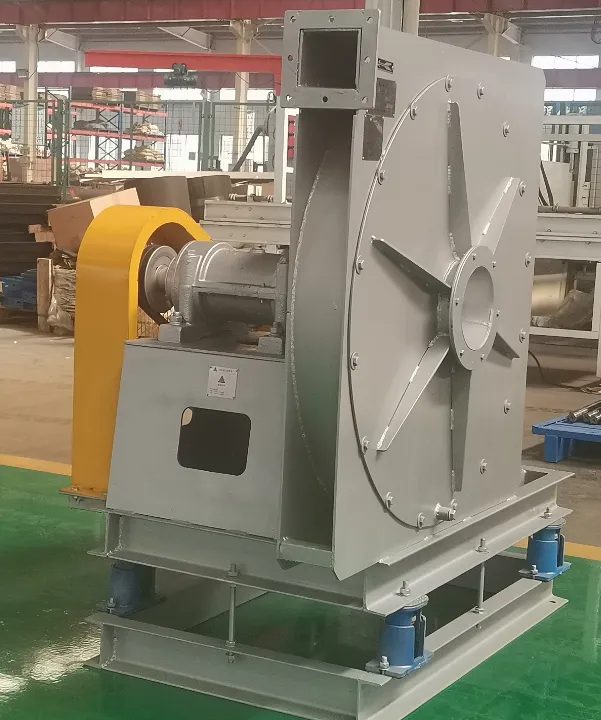Circular Valve

The Circular Valve is an essential component in various industries, renowned for its effectiveness in regulating the flow of liquids and gases. With a circular disc that rotates about its diameter, this valve allows for precise flow control, making it particularly suitable for applications that require quick shut-off or adjustments. Its robust construction and versatile design enable it to perform reliably under a wide range of operating conditions.
This valve serves as a trustworthy and efficient solution for fluid management across numerous applications. Its unique design, paired with durable features, makes it an ideal choice for sectors where precision and resilience are critical.
To maximize the performance and longevity of Circular Valves, businesses should implement regular maintenance and appropriate usage practices. This proactive strategy ensures seamless operations and enhances productivity. Investing in this advanced technology not only improves system efficiency but also contributes significantly to the overall success of fluid management initiatives.
Circular Valve Parameter:
Get in Touch for Specific Dimensions
Key Characteristics of Circular Valve:
The Circular Valve is a vital component in fluid control systems, distinguished by its outstanding features. Here’s a closer look at the attributes that make it an essential asset across various industries:
1. Versatile Applications
The adaptability of the circular valve is evident in its broad range of applications. It effectively serves multiple industries, including:
- Water Treatment: Regulating flow in treatment facilities to ensure water quality and safety.
- Chemical Processing: Managing chemical flow in production processes for safe and efficient operations.
- HVAC Systems: Controlling airflow in heating and cooling systems, enhancing comfort and energy efficiency.
2. Compact and Space-Saving Design
The circular valve’s compact size allows for easy installation in tight spaces. This feature provides flexibility in system design, enabling it to fit seamlessly into confined areas without compromising performance. Whether in a crowded mechanical room or a limited pipeline configuration, it adapts effortlessly, maintaining efficient operation.
3. Quick and Responsive Operation
Designed for rapid response, the circular valve opens and closes swiftly. This capability is crucial in scenarios where immediate adjustments are needed, allowing operators to quickly adapt to changes in system demands. Whether addressing variations in pressure or flow rates, its quick operation ensures processes remain uninterrupted, bolstering productivity and safety.
4. Exceptional Durability
Built from high-quality materials, the circular valve is engineered to endure demanding environments. Its robust construction offers resistance to corrosion, wear, and temperature fluctuations, significantly extending its lifespan. This durability reduces the need for frequent replacements and lowers maintenance costs, making it a cost-effective solution for long-term use.
5. Efficient Flow Management
The circular design enhances fluid flow efficiency, significantly minimizing pressure drops. This characteristic leads to improved system performance, allowing fluids to travel more freely and reducing the energy required for movement. As a result, businesses can enjoy lower operational costs and improved efficiency, with less turbulence and resistance throughout their systems.
These features underscore the Circular Valve’s importance in fluid control, highlighting its reliability and effectiveness in various applications.
Usage Method of Circular Valve:
Using a Circular Valve is a straightforward yet effective way to enhance fluid management systems. Below is a comprehensive guide to the installation and operation of this vital component.
Installation
Proper installation is essential for the efficient operation of a circular valve. Follow these steps for a seamless setup:
1. Positioning
- Select the Location: Identify the appropriate spot in the pipeline for valve installation. It should be easily accessible for future maintenance and adjustments, ensuring that operators can reach it without difficulty.
- Clear the Area: Ensure the surrounding area is unobstructed to facilitate a smooth installation process. This preparation minimizes potential hazards and makes the installation more efficient.
2. Alignment
- Check Flow Direction: Verify the flow direction indicated on the valve body. Correct alignment is crucial for proper operation, as incorrect installation can lead to flow disruptions and system inefficiencies.
- Use a Level: Utilize a level to confirm that the valve is correctly positioned within the pipeline. Proper alignment will help prevent operational issues and ensure optimal performance.
3. Connection
- Secure Connections: Firmly connect the valve to the piping system. Adhere to the manufacturer’s specifications to ensure a tight seal, which is vital for preventing leaks and maintaining system integrity.
- Utilize Suitable Tools: Employ appropriate tools and fittings to ensure all connections are snug and properly aligned. This attention to detail reduces the risk of leaks and enhances the longevity of the installation.
Operation
Once installed, the operation of the Circular Valve is straightforward:
- Actuation: The valve can be operated manually or automatically, depending on the system design. Ensure that the actuator mechanism is functioning correctly for seamless operation.
- Flow Regulation: Adjust the valve settings as needed to achieve the desired flow rates. The quick operation of the circular valve allows for immediate response to changes in system demands.
- Monitoring: Regularly monitor the valve during operation to check for any signs of wear or leaks. This proactive approach allows for timely maintenance and ensures consistent performance.
By following these guidelines, you can ensure that the Circular Valve is installed and operated effectively, contributing to the overall efficiency and reliability of your fluid management system.
Circular Valve Application:
The Circular Valve is a vital component across various industries and is recognized for its adaptability and effectiveness in managing fluid flow. Here’s a closer look at some key applications where circular valves genuinely shine:
1. Pharmaceutical Manufacturing
Circular valves are crucial in pharmaceutical production, where they regulate the flow of active ingredients and other compounds. Their reliability and precision are essential for maintaining the integrity of manufacturing processes, ensuring that dosages remain accurate and consistent.
2. Food and Beverage Industry
In food processing, circular valves manage the flow of liquids and gases, playing a vital role in maintaining product quality. Their sanitary design complies with health regulations, while precise control is vital for achieving consistency during manufacturing.
3. Oil and Gas Industry
In the oil and gas sector, circular valves are employed to regulate the flow of hydrocarbons through pipelines. They help maintain pressure levels and prevent leaks, ensuring materials’ safe and efficient transport. Their robust construction is well-suited to withstand harsh environmental conditions.
4. Water Treatment
Circular valves are integral to water treatment facilities, where they control water flow through various purification stages. They manage the distribution of treated water, ensuring consistent pressure and flow rates, while their quick shut-off capabilities are crucial for safety during maintenance operations.
5. HVAC Systems
In heating, ventilation, and air conditioning (HVAC) systems, circular valves regulate airflow and temperature control. This efficient regulation of air distribution contributes to energy savings and enhances indoor comfort. Their compact design allows for seamless installation in confined spaces.
6. Chemical Processing
Circular valves are essential in chemical processing plants, where they manage the flow of various chemicals. Their durable construction is designed to withstand corrosive substances, ensuring both safety and reliability. Maintaining precise flow rates is crucial for product quality and operational efficiency.
7. Power Generation
In power generation facilities, circular valves regulate steam and water flow within boilers and turbines. Their ability to function under high pressure and temperature conditions makes them ideal for this demanding environment, thereby enhancing overall operational efficiency.
These diverse applications highlight the Circular Valve’s significance in fluid management, showcasing its reliability and versatility across multiple sectors.
Fans Type:
General centrifugal fans can be divided into low pressure (P≤1000Pa), medium pressure (P=1000-5000Pa), and high pressure (P=5000-30000Pa) according to the pressure. Low-pressure fans are generally 4-72, 4-73, 4-68, 4-79, and other backward blade series. Medium pressure fans are generally 5-51, 6-30, 6-41, 6-51, and other series; High pressure is generally 9-19, 9-26, 9-12, and 8-09 series. The low-pressure fan blades are mostly backward inclined blades, generally about 45 degrees. The outlet Angle of medium pressure fan is larger than that of low pressure fan. It is generally about 50 degrees, and the blades of the high-pressure fan are generally tilted forward less than 90 degrees. The advantages of medium and low-pressure fans are large flow, low noise value, not easy to overload, relatively stable operation, and use in general ventilation. High-pressure fans are used to supply forced air.
From the direction of the drive side (motor), the counterclockwise rotation is left, and the clockwise rotation is right.
The Angle is generally divided into 0 degrees, 45 degrees, 90 degrees, 135 degrees, 180 degrees, 225 degrees, and 270 degrees.
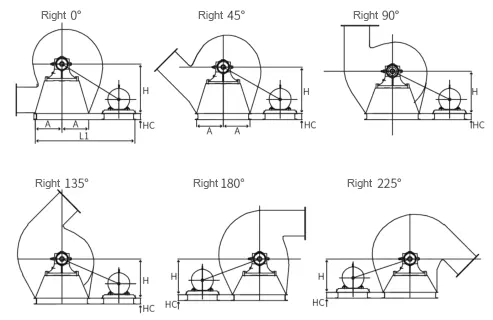
Type A Direct Transmission:
Type D Direct Transmission:
Type C Belt Transmission:
Type E Belt Transmission:
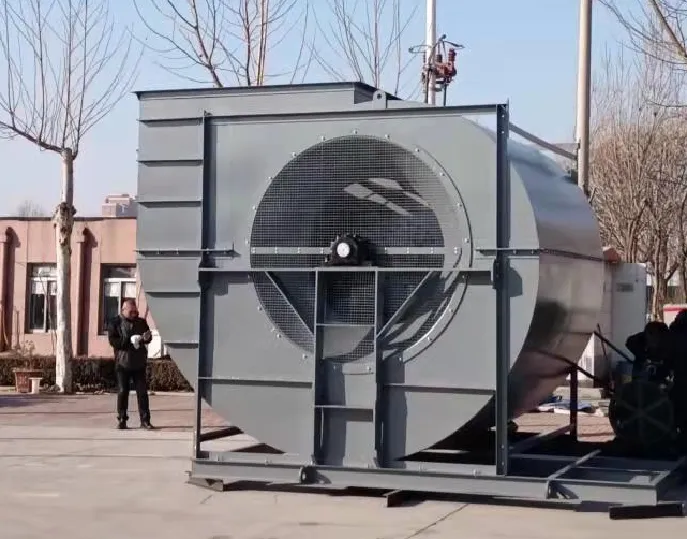
Type E Direct Transmission:
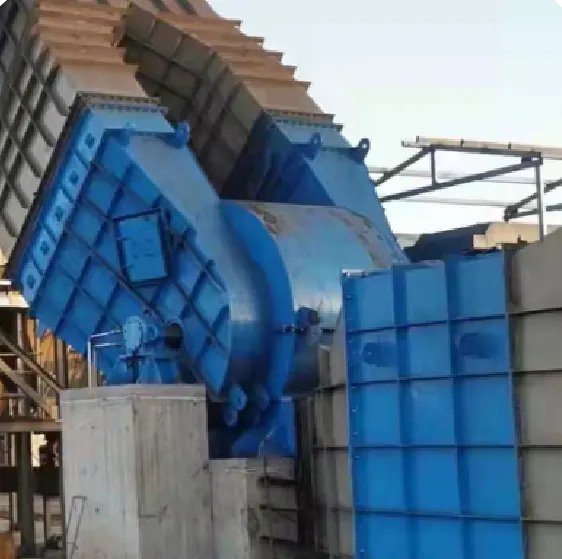
Low Pressure Fans:
Low-pressure fan series are 4-72 series, 4-73 series, and 4-79 series. Generally used for indoor ventilation in general factories and large buildings, it can be used as input gas, it can also be used as output gas, it can also be used as output gas, it can also be used for forced ventilation of boilers, forging furnaces, etc.
It is characterized by smooth operation, tight structure, low noise, flexible use, small footprint, high efficiency, and good performance in conveying air and other unnatural, harmless to the human body and non-corrosive gases.
Low-pressure fans are mostly used in garage air supply and exhaust systems, civil air defense ventilation systems, textile exhausts, grain warehouse dry exhausts, and other total air supply and exhaust systems.
Medium Pressure Fans:
The basic models of medium-pressure fans are 5-51 series, 6-51 series, 5-47/5-48 series, and 6-41 series. These models’ air volume and pressure are lower than those of the low-pressure series. Good aerodynamic performance, high efficiency, low noise, smooth operation.
G, Y6-51 type boiler feed fan is mainly used for 2~670t/h steam in thermal power plants.
The air supply system of the boiler also meets the requirements of the performance parameters of the high-pressure head of the fluidized bed furnace. change
Series fans can also be used for dust removal, mine ventilation, and general ventilation systems.
The blower transports air, and the induced draft fan transports gas containing impurity particles.
When the impurity concentration is less than 200mg/m³, it can be used for over 4 years. If the dust content is too large, the blade should be treated with wear-resistant treatment to extend its service life. G series fans are generally normal temperature; The maximum temperature of Y series induced draft fan shall not exceed 250℃. If more than 250℃. The impeller material should be changed.
High Pressure Fans:
Valve Factory: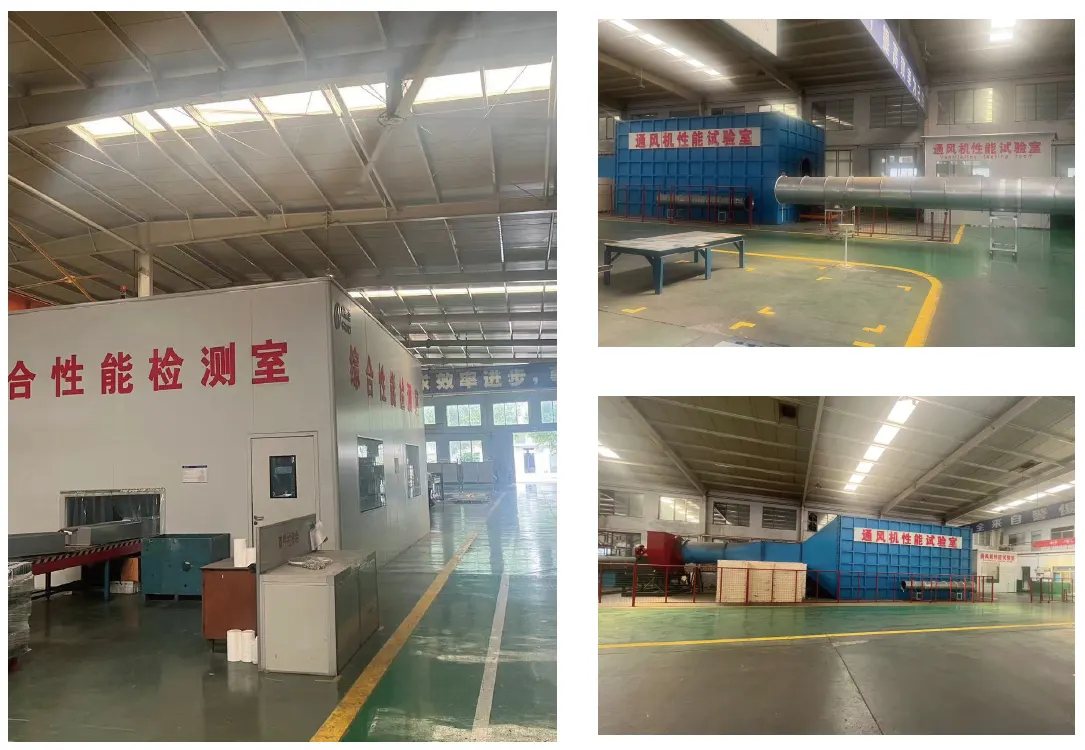
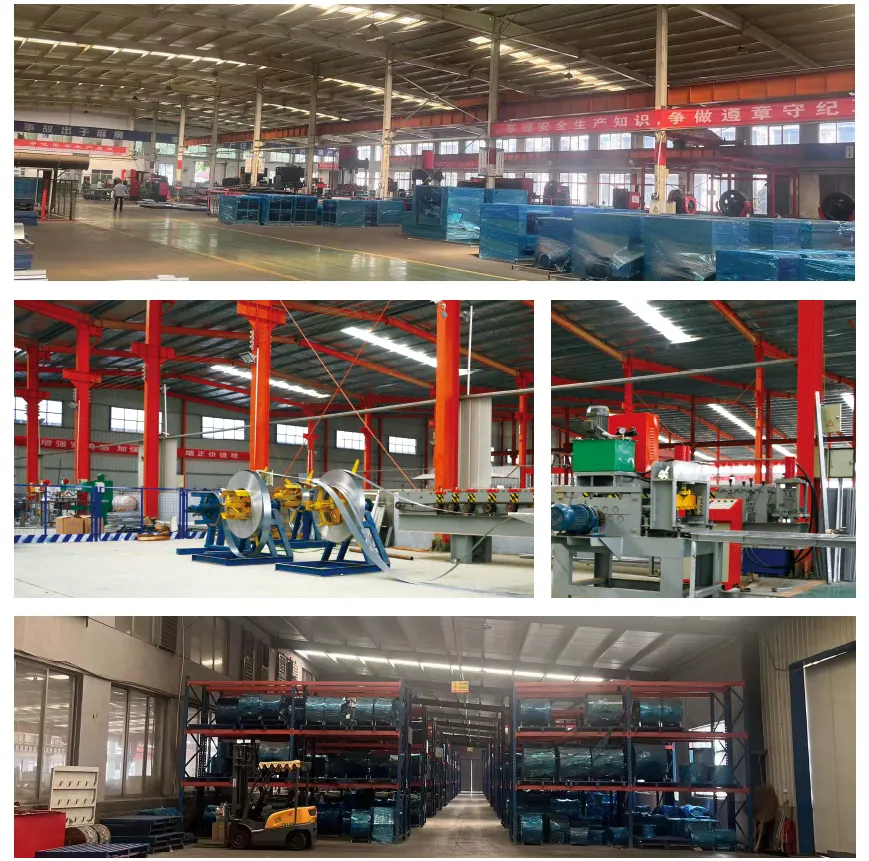
Our unwavering commitment to excellence encompasses a comprehensive 24/7 on-site service, ensuring you immediate access to top-tier maintenance support whenever needed. We understand that operational efficiency is critical, so our team is always ready to assist you, regardless of the time or day.
Proactive Maintenance Approach
Detailed User Profiles: We take the time to develop thorough user profiles tailored to your specific systems and needs. This personalized approach allows us to understand the intricacies of your operations and tailor our support accordingly.
Regular Site Visits: Our team conducts routine site visits to monitor system performance and identify potential issues before they escalate. This proactive strategy ensures that we address any operational challenges swiftly, minimizing downtime and disruption to your workflow.
Comprehensive Support
Expert Technicians: Our highly trained technicians bring expertise and experience to every interaction, providing you with knowledgeable insights and effective solutions. You can trust that your systems are in capable hands.
Tailored Solutions: We prioritize your unique requirements, offering customized solutions that enhance your system’s performance and reliability. Our goal is to ensure that your operations run seamlessly.
With our dedicated support, you can enjoy peace of mind knowing that your success is our top priority. We are committed to fostering a collaborative partnership, where your needs drive our services. Our responsive support team is always just a call away, ready to assist with any challenges you may encounter.
Experience the difference that our comprehensive, proactive maintenance and exceptional support can make in your operations. Together, we will ensure your systems operate at their best, empowering your success every step of the way!
